All You Need to Know About the Paleo Diet and Lifestyle
The Enduring Popularity of the Paleo Lifestyle…
There’s a lot of talk about the Paleo diet these days. There’s endless discussion on this diet in several blogs, Facebook groups, health and lifestyle magazines, podcasts and popular talk shows on TV and radio.
Hollywood loves it – celebrities such as Matthew McConaughey and Megan Fox are keen followers of this diet and attribute their perfectly toned physique to it. Many enterprising entrepreneurs have started special meal delivery services based on Paleo guidelines.
You can now shop for Paleo granola bars, cakes and cookies at your favorite store; or choose from hundreds of book and ebooks on Paleo recipes on Amazon. The gluten free primal lifestyle has hit the mainstream. More and more people today want to be a part of the growing caveman tribe.
Now, with two-third of the adult population in the United States considered obese or overweight, it’s no surprise that the weight loss market here is estimated to be worth $206.4 billion by 2019. There have been many diets that have come and gone.
Can the Paleo diet succeed, where so many other much-fancied diet plans have failed? Could it be the new Atkin’s Revolution? But what is the Paleo diet anyway, and why should you take it seriously?
Paleo Basics – Paleo Diet 101
The Paleo diet involves having food that can be easily digested by your body, which your gut, liver, kidneys and the rest of the digestive system can easily work with.
It generally takes a long time for the body to adapt itself to new types of food. Many of the foodstuffs we eat are hybridizations of nutrients that you probably haven’t had before, or polluted with toxic elements such as heavy metals and so on, which you should strictly avoid.
Why The Paleo Diet Works
In Paleo Diet 101, you will only have food that the body had adapted itself to, much before the massive social and environmental changes seen over the last few years. The sooner you switch to a gluten free Paleo lifestyle, the faster you will start experiencing results.
There are a number of other scientific studies that allude to the significance of the Paleo approach. After all, this primal lifestyle has served the human race well for over 10,000 years!
So why is this diet so effective for weight loss? One of the biggest complaints made about many diet plans is that they are too restrictive and the meals too bland. When your meals become something you have to tolerate rather than enjoy, then eventually you will get bored of it and go back to eating as you always did. For this reason, very few diet plans really work.
The Paleo diet is different. Why? A typical meal based on the the Paleo principle consists of whole eggs, steak, butter and sweet potatoes. You can imagine how tasty that is. You can have the most delicious meals possible while dropping weight at the same time.
There are literally hundreds of mouthwatering Paleo recipes out there. There are a number of celebrity chefs who are inspired by the gluten free primal lifestyle.
So the Paleo diet works because you are going to enjoy everything about it – the food and the lifestyle. When following a diet becomes fun and enjoyable, rather than a sacrifice, then you’re going to be far more successful at achieving your weight loss goals.
Paleo Diet and the Gluten Free Lifestyle
One of the biggest aspects of the Paleo lifestyle is going gluten free. There are several reasons why you should go gluten-free; click here to see why gluten is so bad for you.
If you have celiac disease or are gluten intolerant in any way, taking to a gluten free lifestyle is absolutely essential. Gluten grains such as wheat, cause inflammatory conditions in the body. For example: leaky gut syndrome.
A lot of people are allergic to gluten without knowing about it. Cut down gluten from your diet completely for at least a month and feel the difference. Taking to the Paleo lifestyle enthusiastically will help you do that.
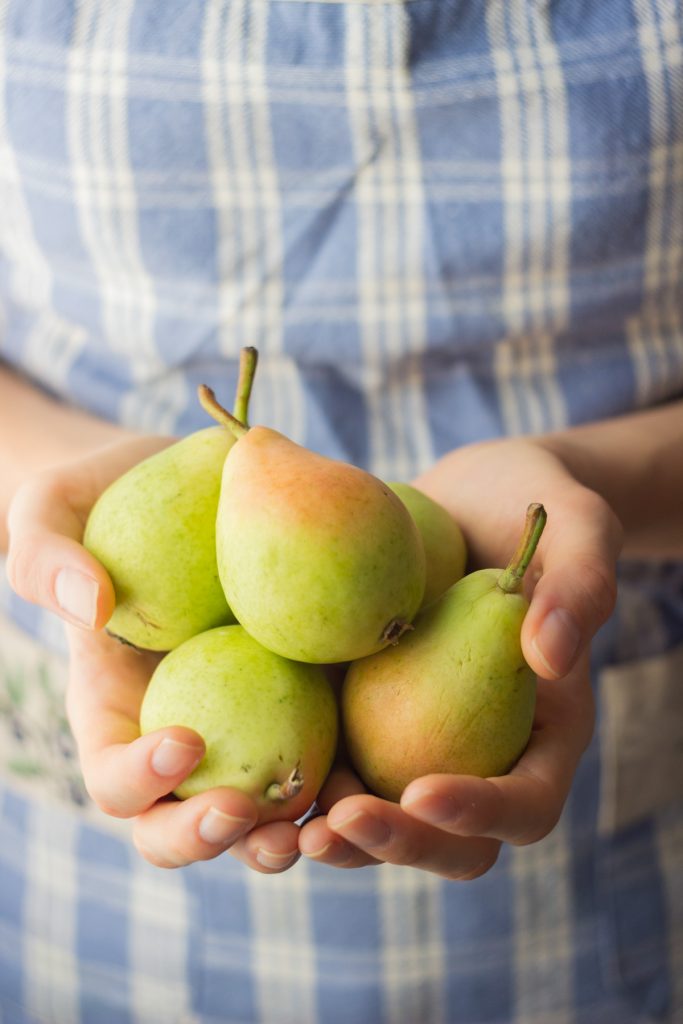
Paleo Diet and Protein
Are you getting enough protein? The basic idea behind this diet is to replace your processed foods, or anything that contains sugar or simple carbs, with lean proteins. Proteins are absolutely essential to the body, but unfortunately most people do not get enough of it.
It’s wrong to suggest that you can only get your daily supply of protein from meat. Meat wasn’t as easily accessible over 10,000 years ago to our ancestors as it is now. Back then, our ancestors had to hunt for meat; they couldn’t just order at a restaurant!
Indeed, only 20 percent of the proteins consumed by our ancestors came from meat. The rest came from plants. Yes, there are a number of plant-based foods that are excellent sources of protein, such as chia seeds, hemp seeds, spirulina, nutritional yeast, seeds such as sunflower, sesame, pumpkin seeds, nuts such as almond, groundnut, cashew, Brazil nuts and many more.
The important thing is to focus on the quality of the protein just as much as on the quantity. As long as you stick to the core principles of the Paleo diet, you will be able to get all the protein you need. Click here to read more about the Paleo lifestyle and the importance of protein.
Paleo Guidelines – What You Should Do….
Here are a few quick guidelines on the Paleo Lifestyle you should follow for quick and efficient weight loss and an overall improvement in your general health and well-being.
#1: The Paleo diet should have moderate quantities of carbs, high in “good” fats or naturally obtained fats, and rich in animal protein. It strictly advises you against portion control or calorie counting; the goal is to have good, wholesome meals.
#2: You should have sufficient quantities of saturated fats obtained from nature, such as butter/clarified butter and coconut oil. You should also have duck fat, lard and beef tallow, as long as they are obtained from healthy animals that were treated well. You should strictly avoid meat that comes from mechanized slaughterhouses that are known to keep animals in unhygienic conditions. Olive oil, macadamia oil and avocado oil are good choices as well.
#3: You should have a sufficient amount of animal protein from eggs, red meat, pork, poultry, shellfish, wild caught fish and from organs such as liver, heart and kidney. Don’t avoid fatty cuts just because they contain fat as well.
#4: Have all the vegetables you can get. Sweet potatoes and yam are excellent sources of healthy carbohydrates, which are good for weight loss. You can have them raw, or cook them and serve with fat.
#5: Have a moderate quantity of fruits and nuts. Have fruits such as berries that are rich in antioxidants and low in sugar. Nuts (such as macadamia nuts) that are rich in omega-3 but low in polyunsaturated fat and omega-6 should be preferred. Avoid fruits and nuts completely if you have a digestive disorder or autoimmune disease.
#6: As much as possible, have grass-fed and pasture raised meat only from local or organic farms. But it is not always possible to get meat from such environments. In that case, you should buy lean cuts of meats directly from the market and have it with butter, clarified butter or coconut oil.
#7: It may not be possible to completely cut off all cereals and legumes from your meals at the start, but this is something that has to be done, if you are serious about following a Paleo lifestyle. This means cutting out wheat, barley, rye, brown rice, soy, oats, kidney beans, peanuts, navy beans, corn and black eyed peas from your diet.
#8: Completely eliminate hydrogenated, partially-hydrogenated and vegetable oil from your diet. This means cutting out corn oil, peanut oil, margarine, canola oil, sunflower oil, soybean oil and safflower oil. Instead, use olive oil and avocado oil. But don’t cook your food with them, use them in salad dressings only, or sprinkle them over the dishes.
#9: This is important – completely cut off soft drinks, sweets, fruit juices or anything that contains sugar from your diet. Just don’t eat anything that is processed or comes in a box. Stick to organically grown fruits and vegetables, meat and fish only.
#10: Most dairy products are to be avoided for this lifestyle. Only butter is okay. Milk and milk products are NOT good for you. But if you cannot live without milk, consider fermented or raw, full-fat dairy products.
#11: You don’t have to stick to a strict meal routine. There is no need to eat when you are not hungry. Eat when you want to. It’s okay to skip one or two meals if you don’t feel up to it.
#12: It is important to exercise regularly. But don’t over exert yourself, Instead of long cardio sessions such as running on the treadmill for 30 to 60 minutes every day, consider HIITs or High Intensity Interval Training. This means short and intense bursts of sprinting punctuated by a minute or two of low intensity cardio.
#13: Make sure that you get at least 7 to 8 hours of sleep every night. Wake up as early as possible in the morning, and then go for your quick morning run or exercise.
#14: Have iodine magnesium, vitamin K2 and vitamin D supplements every day with your meals. You can also have multivitamins, probiotics and other supplements.
#15: Make sure that you get plenty of direct, natural sunlight. This gives you vitamin D, which makes your mind fresh and sharp and prevents the onset of depression.
PIN ME
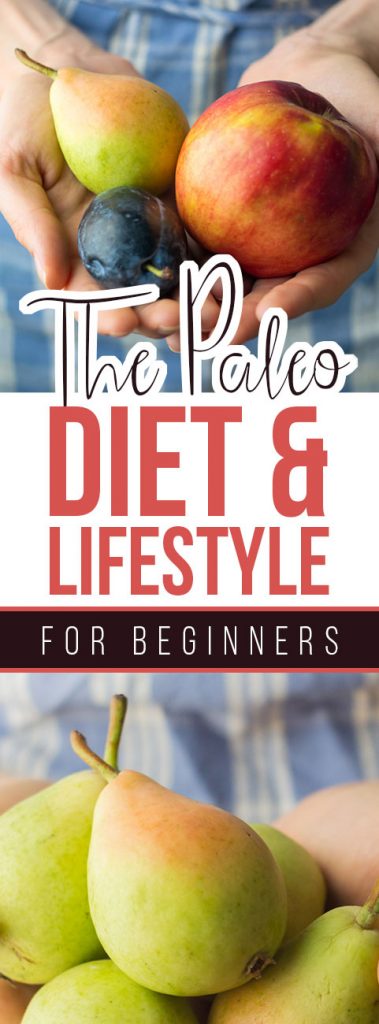

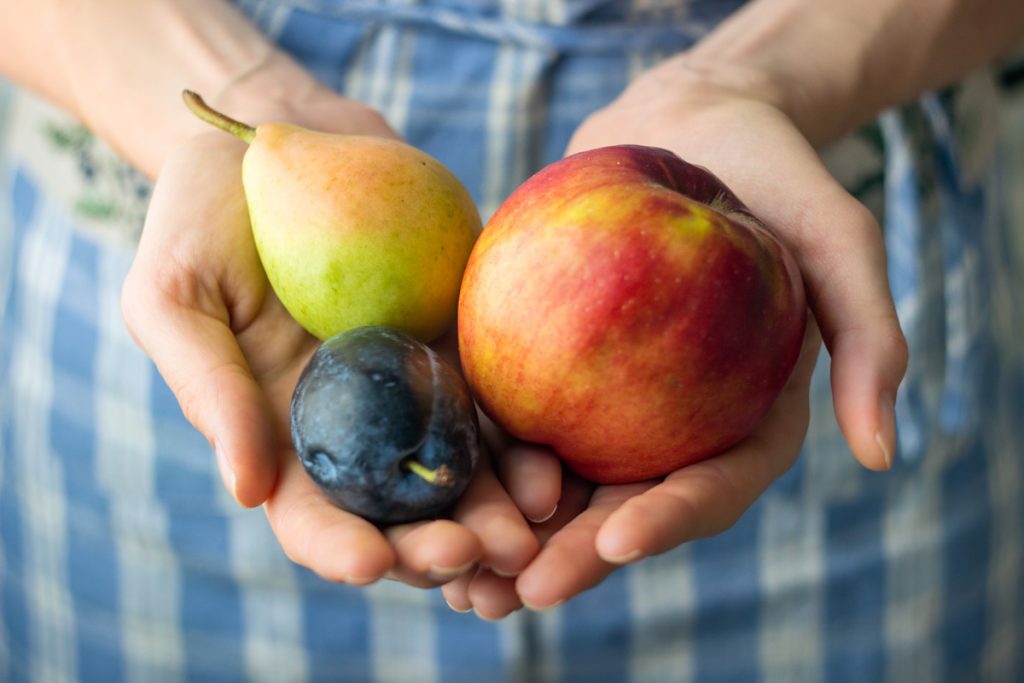
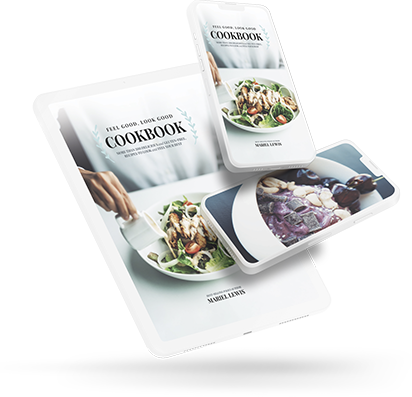

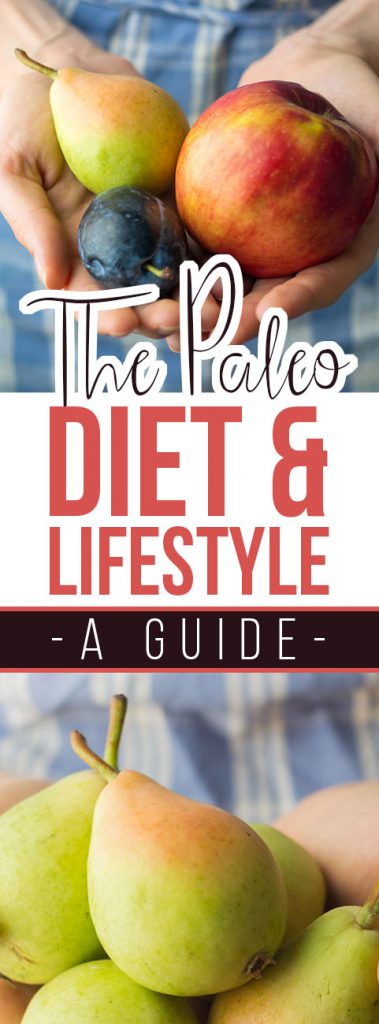
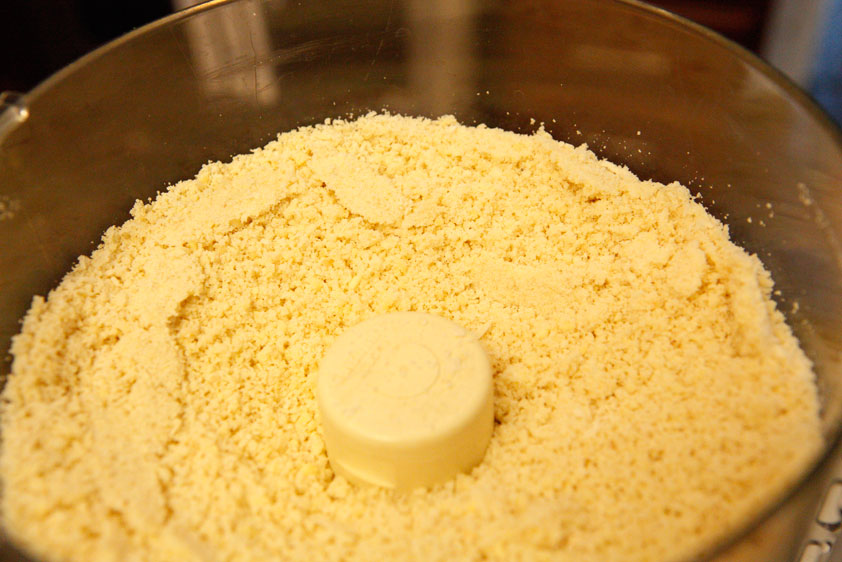
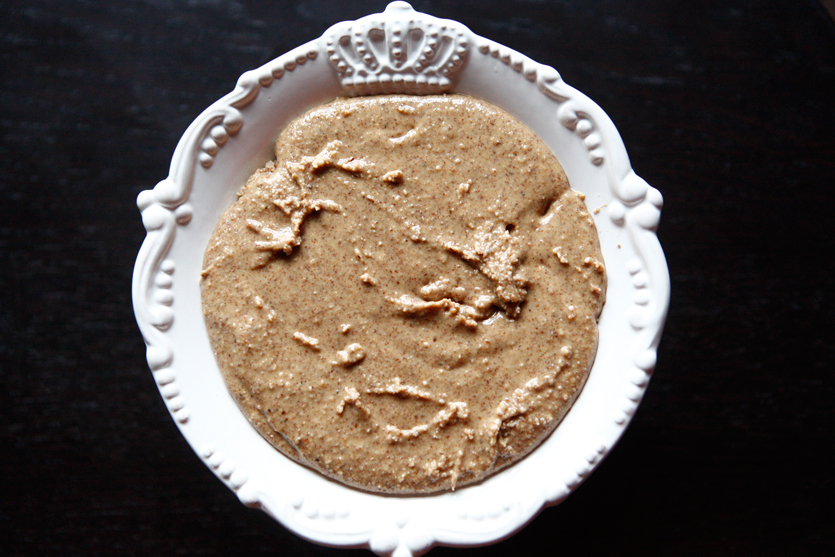
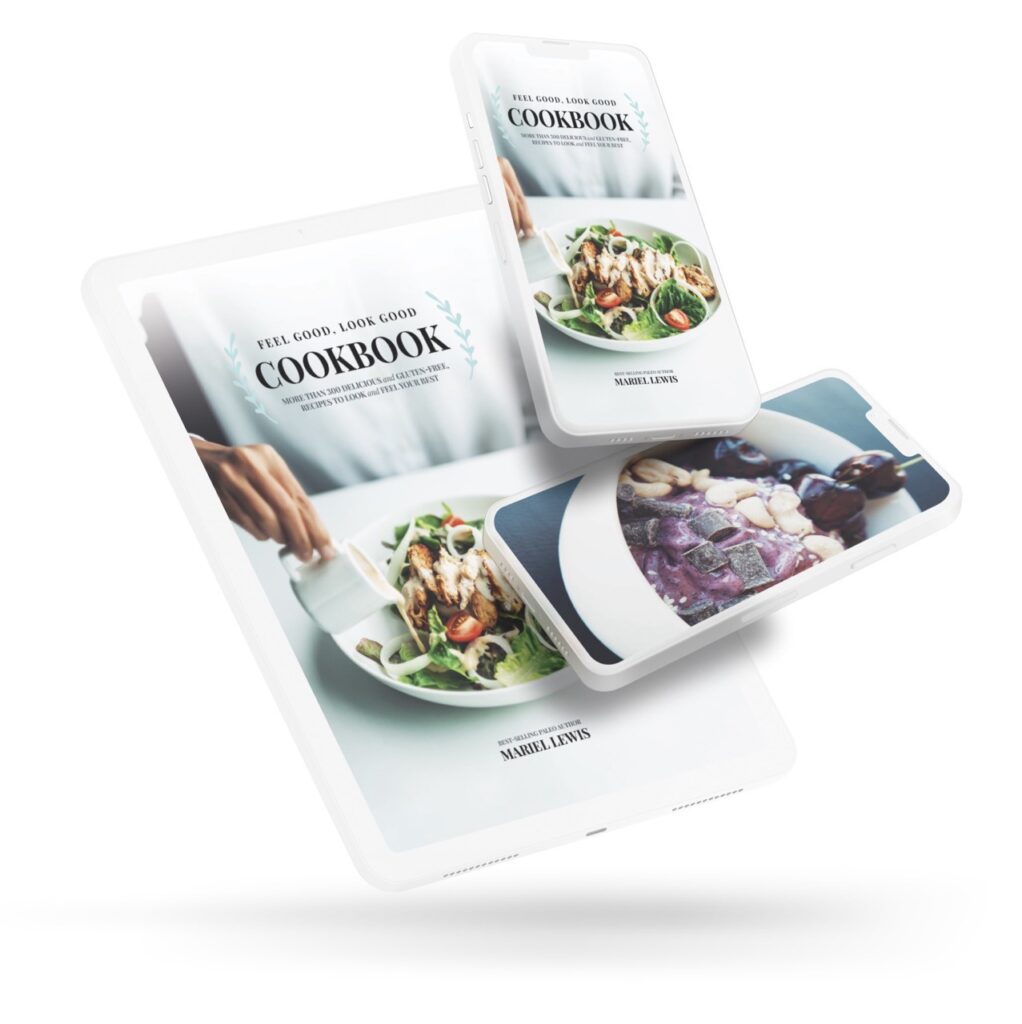

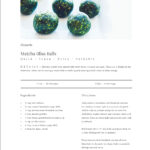
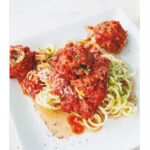

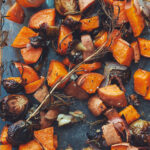
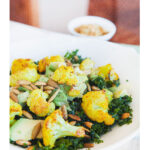
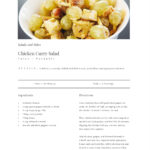
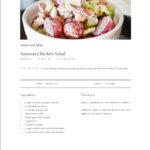
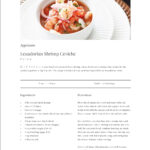
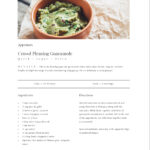
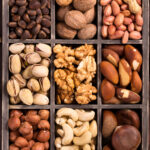
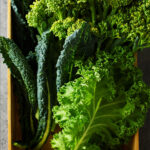


One of your hyperlinks is broken (the one about why gluten is bad for you). Enjoying the site!!
Thanks for the heads up, link has been added! 🙂 So happy to hear you’re enjoying the blog!
Avocado oil is fine for cooking as well as for salads. It has a much higher smoke point than olive oil and has the neutral taste most of us want in a cooking oil.